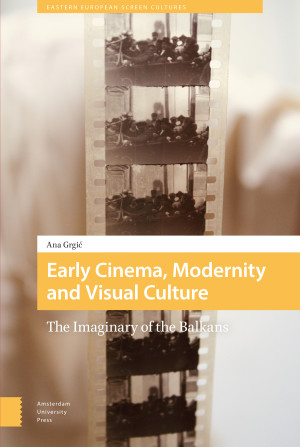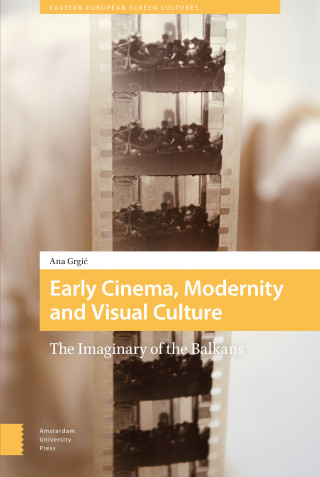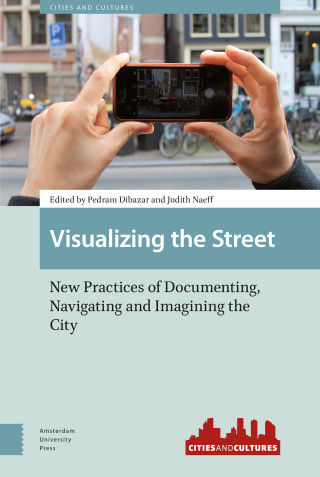Honourable Mention for the BASEES Women’s Forum Prizes 2022
"This impressive monograph makes a major contribution to the emerging field of early Balkan cinema history as well as to early cinema studies more broadly, providing a fascinating account of how moving images were both made and consumed in the Balkans."
- BASEES Women’s Forum Prize Committee
"An impressive, exhaustively researched work on Balkan early cinema grounded in regional and transnational layers of a culture history of visuality and geopolitics in modern times."
- Zhen Zhang, New York University Tisch School Tisch School of the Arts
"Grgic understands early cinema as a cultural “imaginary” more than a delimitable set of objects. This not only aligns her work with the more speculative and archaeological work in the field but also ends up bolstering her argument that cinema’s legacy in this region is to be sought in the systematic representation and persistence of certain dynamics of colonialism, othering, and self-representation."
- Ezster Polonyi, Iluminace, Volume 34, 2022, No. 3
"This is a different story of modernity with tensions between memory and forgetting, the archive and its absent films, the Balkan gaze and the Oriental gaze. Grgi. enhances and offers alternatives to the prevailing notions and concepts of early cinema scholarship."
- Nezih Erdogan, Istinye University
"Early cinema, visual culture and modernity: The Imaginary of the Balkans is the first English-language synthetic volume in the still emerging field of early Balkan cinema history, an area marked by the extreme scarcity of multilingual sources. [...] Grgi.’s book is indeed an existential journey through the cinema history and memory of the Balkans. [...] On the road, crossing frontiers, bridging gaps and affronting the dramatic lacunas of fragmentary film and text collections while continuously translating the regional languages, the author takes the reader by the hand from an Archival center to another."
- Mélisande Leventopoulos, Studies in Eastern European Cinema
"Ana Grgic’s book is the first attempt to present early cinema in the Balkans in all its diversity and intricacy: not as the parallel existence of separate national protocinemas but as a unitary phenomenon. [...] The book consists of five chapters, each dealing with a major issue representative of early cinema itself and specific for its reception in the Balkans: the art of seeing, spectator’s experience, pioneers, external gaze, and identity. The sequence of these epistemological perspectives on the Balkan early cinema reproduces the path of its emancipation from visual tradition and external influences toward the assertion of modernity in the context of local culture."
- Alexander Donev, Technology & Culture Journal
"Following Ana Grgi.’s trajectory for the history of early Balkan cinema requires accepting her research premise that borders of all types must be effaced in order to best locate places, artists, or films. [...] For the book’s readers, the unexplored land becomes the multi-ethnic and multicultural Balkans that the author investigates with the goal of advocating for a culturally convergent academic approach to Balkan early cinema."
- Delia Enyedi, Apparatus. Film, Media and Digital Cultures in Central and Eastern Europe
"Ana Grgi.’s monograph provides a compelling exploration of how early cinema in the Balkans both shaped and reflected the region’s unique cultural and visual landscape, offering a fresh perspective on the intertwining of tradition and modernity."
-Gergana Doncheva, Études Balkaniques, , issue 1, 2024





